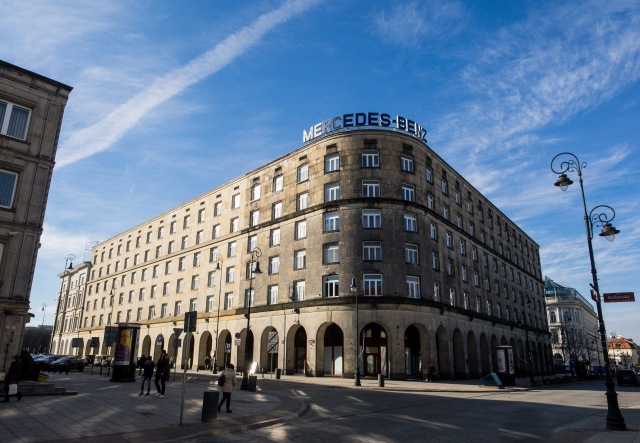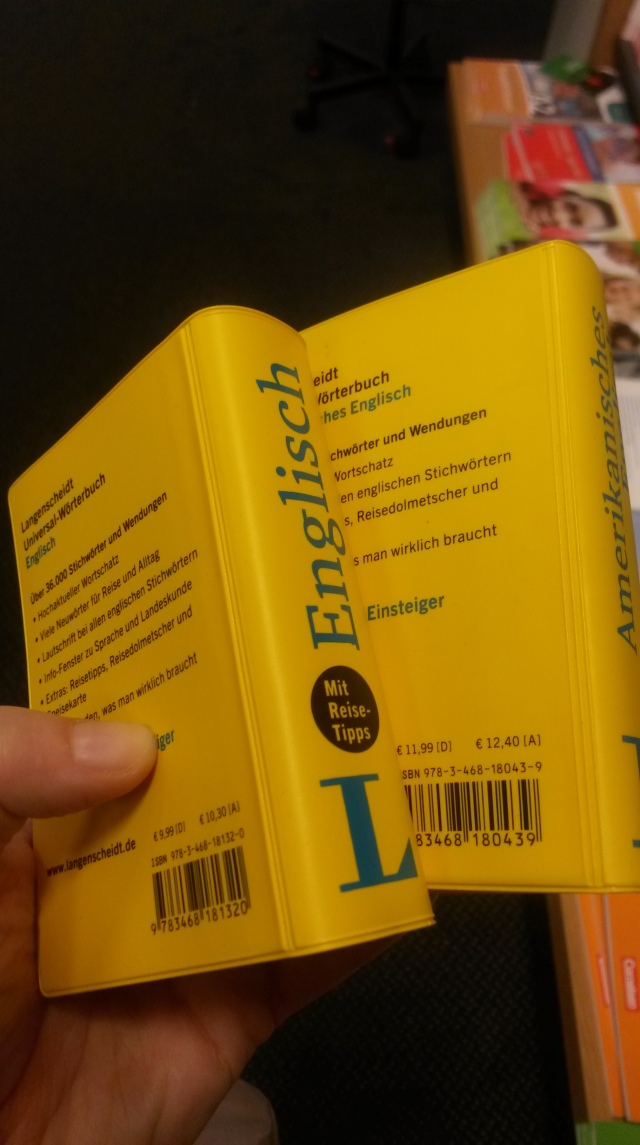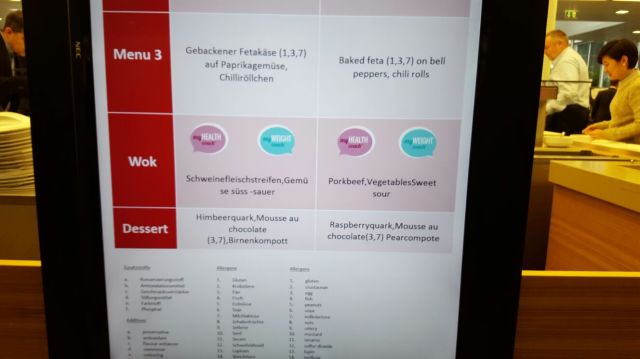This Sunday was Election Day in our state (see the results here). For the six weeks beforehand, our neighborhood was home to a lot of interesting posters. Germany has a coalition system, which means that there are a lot of parties (approximately 18 on the ballot). You vote first for a candidate and then for a party, and in some sort of way it translates to a legislature – I’m not sure of the exact process. It’s an interesting change for us, since we’re used to just having two parties, and maybe a third slightly viable party. In Germany, if it’s something you care about, there seems to be a party for it.
A typical poster looks like this:
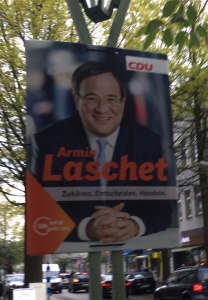
The Christian Democratic Union (CDU) is Angela Merkel’s party – they’re the conservatives in this election (barring a few exceptions discussed later), which puts them on par with American Democrats. They won, which is a bit of an upset, because our state is a labor union stronghold.
These guys are the typical party for labor union members and the working classes:
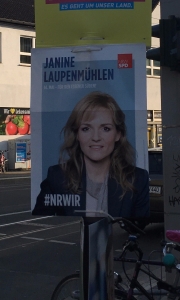
The Socialdemokratische Partei Deutschlands (SPD) are the liberal party (think… maybe Bernie Sanders? my analogy falls apart here) in the election. They were expected to do well, so it was a surprise. However, they had a typo in an ad they put up about education (read about in German here), so maybe it was not such a surprise.
Enough about the boring parties. You’re here for the weird ones, I know.
We have two different Communist parties. First, the Deutsche Kommunistische Partei with some good posters here:
Then we had the Marxist-Leninist Partei Deutschland, who had the best posters, but I am still unclear what the difference is between them and the regular Communists. Judging by the content of the posters, though, I’d bet it’s ideological. Lack of purity, or something like that.
We have some other serious parties like the Greens:
And other environmentally-focused parties:
Die Linke (the Socialists, or as my conservative student called them, “the third communist party”) chose an old-school revolutionary pose for their posters:
There’s some other more normal parties, with niche appeal. However, there’s also some joke, or slightly joking, parties. For example, the Pirate Party, who are very technologically-focused, and appear to be comprised mostly (if not entirely) of systems administrators. In Düsseldorf on Saturday they were giving out balloon pirate swords, so they were at least popular with children.
And for the fully joke party, we have Die Partei (The Party). They’re inexplicable, but they have funny posters. They also had posters they put up high on lamp posts that said roughly “you could hang a Nazi here.” Those did seem to get taken down rather quickly.
As you can see, it’s a dizzying array, and I left out a couple I had pictures of (the FDP, for example) for being too boring. I also left out Alternativ für Deutschland (AfD, the allegedly anti-refugee but secretly Nazi party), mainly because I was unable to find one of their posters that wasn’t defaced or torn down.
Election season is one of those “Toto, we’re not in Kansas anymore” moments for me. I’ll try to do something like this again for the national elections in the fall.


























![IMG_2146 "Show strength for Hannelore's [Hannelore Kraft, the current state governor] forgotten child and school."](https://acitycalledfood.files.wordpress.com/2017/05/img_2146.jpg?w=156&resize=156%2C208&h=208#038;h=208)






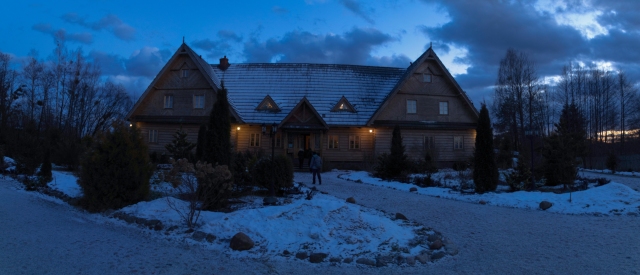




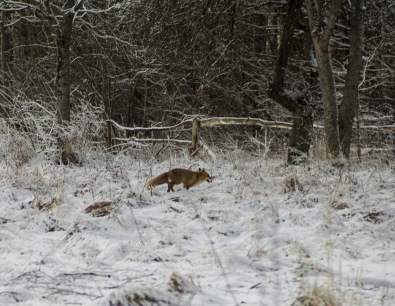


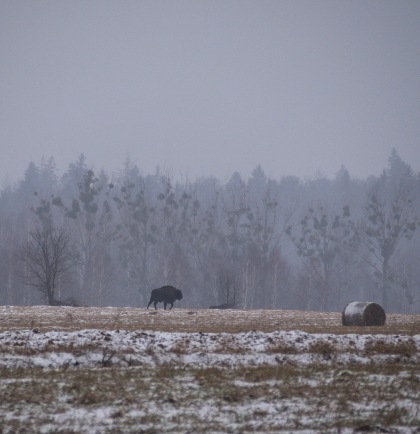 After breakfast, we got to visit the part I was most excited about: the strict biosphere reserve. This section of the forest is a UNESCO heritage site, and the trees have been untouched for thousands of years. You can only enter with a local guide, and you have to have a permit to go beyond a small corner of the reserve. Most of it is used for scientific study, to examine an ecosystem that was once prevalent in Europe but now really only exists here. Irek, our guide, is a biologist who tells us that his current study is plant tracking, but that it’s very easy right now, since the plants are mostly covered in snow. An unexpected thing about the forest, besides the giant trees (the oldest is ~600 years old), is how much of it is bog. A large part of our walk is through
After breakfast, we got to visit the part I was most excited about: the strict biosphere reserve. This section of the forest is a UNESCO heritage site, and the trees have been untouched for thousands of years. You can only enter with a local guide, and you have to have a permit to go beyond a small corner of the reserve. Most of it is used for scientific study, to examine an ecosystem that was once prevalent in Europe but now really only exists here. Irek, our guide, is a biologist who tells us that his current study is plant tracking, but that it’s very easy right now, since the plants are mostly covered in snow. An unexpected thing about the forest, besides the giant trees (the oldest is ~600 years old), is how much of it is bog. A large part of our walk is through 

 stopped. They apparently hadn’t gotten the strict instructions we had (no closer than 50 meters, if the bison wags its tail, grunts or paws the ground, flee) and proceeded to get very close. The bison pawed the ground, and we vacated his field ASAP. Our last view of him from the van was a triumphal pose, having successfully driven the puny humans from his territory. Then it was back to the fire and the bison beer.
stopped. They apparently hadn’t gotten the strict instructions we had (no closer than 50 meters, if the bison wags its tail, grunts or paws the ground, flee) and proceeded to get very close. The bison pawed the ground, and we vacated his field ASAP. Our last view of him from the van was a triumphal pose, having successfully driven the puny humans from his territory. Then it was back to the fire and the bison beer.